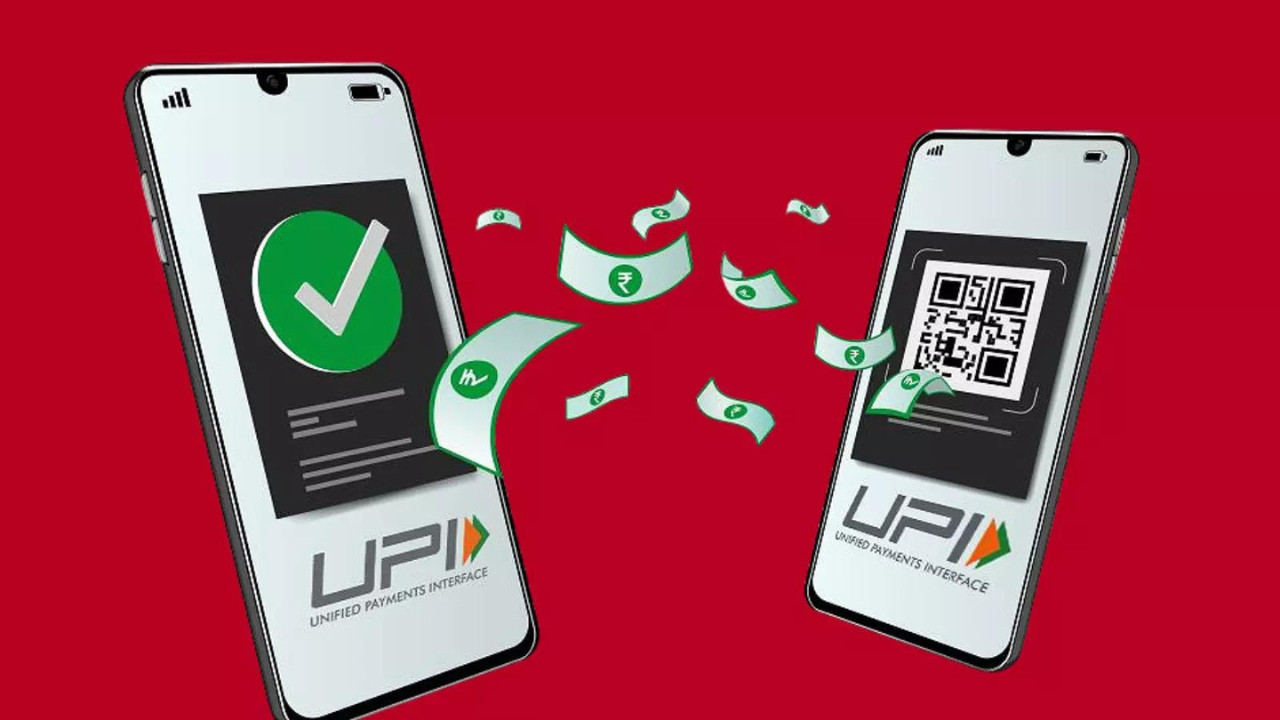UPI transactions reached an all-time high of Rs 27.28 lakh crore in October, with 20.7 billion transactions, driven by festive shopping. This surge highlights India’s robust digital infrastructure and its growing dominance in global real-time payments, now powering 85% of domestic digital transactions.
UPI’s October Surge: Is Cash Losing its Crown?
October wasn’t just about pumpkin spice lattes and spooky decorations; it was a record-breaking month for India’s Unified Payments Interface (UPI). Forget subtle growth – we’re talking a digital tsunami. Transactions soared to a staggering ₹27.3 lakh crore, a lifetime high. That’s $330 billion swishing around our digital wallets in just 31 days. We’re not just swiping; we’re digitally transforming how India handles money.
But what’s fueling this explosive growth? Is it simply convenience, or is there a deeper shift happening in how we perceive and use money?
The Numbers Don’t Lie: A Deep Dive into UPI’s Rise
The sheer scale of the October numbers is impressive. India clocked 20.7 billion UPI transactions, an undeniable testament to the platform’s widespread adoption. Think about that: almost the entire global population made roughly three transactions each in one month, all within India’s digital ecosystem. This isn’t just about city dwellers grabbing coffee; it’s a nationwide phenomenon that is increasingly making its way into rural India.
Several factors contribute to this surge. The increasing smartphone penetration across the country, coupled with affordable data plans, has brought UPI to the fingertips of millions. Furthermore, the ease of use – scanning a QR code is significantly less cumbersome than fumbling for cash or cards – has made UPI the preferred payment method for many.

Beyond Convenience: Why is UPI Becoming King?
While convenience is a major draw, the rise of UPI goes beyond that. The COVID-19 pandemic acted as a catalyst, accelerating the adoption of contactless payments. Concerns about hygiene and the desire to minimize physical contact pushed many toward digital alternatives. This shift seems to have stuck, even as life returns to a pre-pandemic rhythm.
Moreover, the government’s push for a digital economy and initiatives like incentivizing UPI usage have played a crucial role. The interoperability of UPI, allowing seamless transactions between different banks and payment apps, has also contributed significantly to its popularity.
UPI and the Future of Finance: What’s Next?
The October surge isn’t just a blip on the radar; it signals a fundamental shift in India’s financial landscape. As UPI continues to evolve, we can expect even greater integration into our daily lives. From paying utility bills to investing in stocks, UPI is becoming the backbone of India’s digital economy.
The question now isn’t whether UPI will continue to grow, but how quickly and in what direction. Will we see further innovation in the platform, such as increased security features and new functionalities? Will UPI expand its reach beyond India’s borders?
What implications does this growth have for traditional financial institutions? Banks need to adapt and integrate UPI seamlessly into their offerings to remain competitive. They also need to explore ways to leverage the vast amounts of data generated by UPI transactions to better understand their customers and offer personalized services.
How will this affect smaller merchants and retailers? The ability to accept digital payments can significantly expand their customer base and streamline their operations. Training and support programs may be necessary to ensure that everyone, regardless of their technical literacy, can benefit from this digital revolution. Speaking of small businesses, you may find our article discussing payment gateways for e-commerce platforms helpful.
The Road Ahead: Will UPI Ultimately Overtake Cash?
While it’s unlikely that cash will disappear entirely anytime soon, the dominance of UPI suggests that a cashless future is becoming increasingly plausible. The convenience, security, and accessibility of UPI are making it the payment method of choice for a growing number of Indians. While challenges remain, particularly in ensuring digital literacy and addressing security concerns, the trajectory is clear.
UPI’s October surge is more than just a statistical anomaly; it’s a sign of a profound transformation. It’s a glimpse into a future where digital payments are the norm and cash becomes a relic of the past. The digital revolution is well underway, and UPI is leading the charge. Will UPI lead India to a cashless economy, or will cash hold its place?







